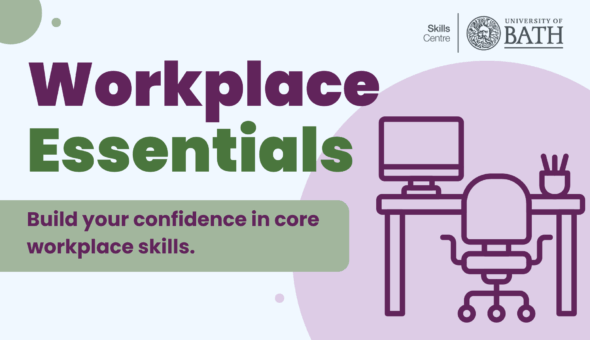Before university, I was used to a school environment where communication happened face-to-face and there was a sense that someone would catch things if I missed them. At University, that changed. Emails became the main way information was shared, and it was up to me to keep track. At first, this shift felt a bit overwhelming, and I was worried I might miss something important or respond inappropriately. But over time, I’ve developed a few habits that have helped me manage my inbox more confidently.
Staying organised and in control
Just delete it
Managing emails starts with knowing what’s worth keeping. Not every email is worth saving. If it doesn’t apply to me, doesn’t need a reply, and doesn’t contain anything useful, I delete it. It took a while to feel comfortable doing that, but it’s made a big difference.
Snoozing emails to remind me later
Sometimes I open an email and know I can’t deal with it straight away. I’ve found that snoozing it to reappear later helps me avoid forgetting about it. It’s a simple way to stay on top of things without feeling pressured to respond immediately.
If you’re using the Outlook app on iOS or Android, you can do this for an email by clicking the three dots on the reply bar at the bottom of the email, then selecting ‘Snooze’. You can then choose a date and time for the email to reappear in your inbox.
Aim for inbox zero
I also try to keep my inbox clear. If I don’t need to act, I archive the email. If it’s useful, I move it to a folder. The only emails I leave in my inbox are ones I still need to reply to or do something about. It doesn’t always stay empty but even getting close makes things feel more manageable.
Use a laptop or desktop when things feel overwhelming
When my inbox feels out of control, I sit down at my laptop. Having a full keyboard, access to documents, and a larger screen helps me focus and get through things more easily.
Writing an email
How to address staff
How you write an email can make a big difference. In my department’s welcome presentation, they gave advice on how to address staff in emails. Some prefer “Dr” or “Professor,” while others are happy with first names. If I’m not sure, I go formal. It’s respectful and avoids awkwardness. If you’re unsure if who you’re emailing is a Dr, Professor, etc, just google it! The University of Bath’s research portal has the correct title on each academic's profile.
Make your subject line count
A good subject line helps staff understand what the email is about. Including the unit code and a brief description makes it easier for them to find and respond to my message. I generally always begin the subject line of my emails to lecturers with the unit code and have had my lecturers request this as standard for any emails. You may only have one module with them, but they are often busy teaching multiple.
Add context with a signature
I added a signature to my emails with my name, course and year. It helps staff place me in context, especially if I’m contacting someone outside my department.
If you’re using the Outlook app on iOS or Android, you can create a signature by tapping your profile icon, then the gear icon for settings, and selecting ‘Signature’. From there, you can type in your details and save it, so it appears automatically in every email you send. This also allows you to remove the “Sent from Outlook for iOS/Android”, which can help make your emails appear more professional.
Emailing without overthinking
Sometimes emails don’t get a reply straight away, and that’s okay. If I haven’t heard back after a reasonable amount of time, I send a polite follow-up. This amount of time can vary depending on how important the issue is and the time of year. Generally, I send a follow-up after 5–7 working days for whoever I am contacting, but if it's during a holiday, I don’t send follow-up emails at all. People are busy and emails can get missed. A gentle reminder usually helps.
I’ve spent more time worrying about emails than actually replying to them. Once I sit down and read them properly, they’re usually straightforward. It’s always better to deal with them than to let them build up. So I try to follow the two-minute rule. If I can reply or sort something within two minutes, I do it straight away. It stops small tasks from piling up.
Managing emails isn’t something I was taught, but it’s become an important part of university life. If you’re looking to improve how you handle emails, the Skills Centre runs a Workplace Essentials workshop that includes a session on email communication. You can also find more advice on the Academic & Employability Skills blog.
Respond



